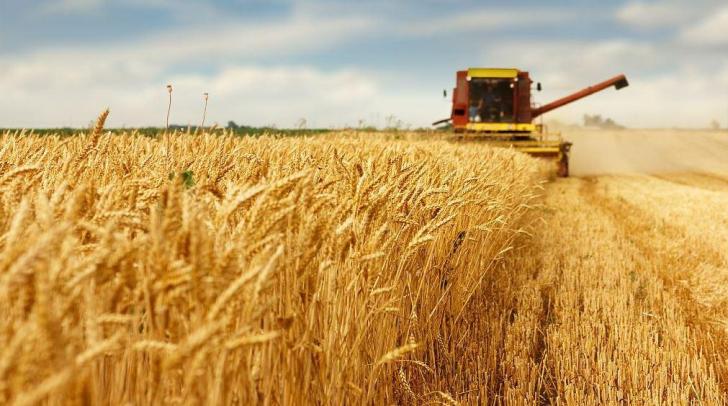News / National
Zimbabwe wheat harvest tops 560 000 metric tonnes
2 hrs ago | Views

Zimbabwe has harvested 560,000 metric tonnes of wheat this year, a significant increase from the 468,000 tonnes produced in 2023. This milestone was confirmed by the country's Lands and Agriculture Permanent Secretary, Obert Jiri, at a press briefing in Harare on Monday.
"As of Monday, we have accounted for over 560,000 metric tonnes of wheat harvested," Jiri said. "We are still in the process of finalizing the figures, but we are confident that the total harvest will include both usable grain and any grain that may have been affected by rain."
Jiri praised farmers for surpassing the previous year's wheat production, highlighting their resilience and efforts in achieving a better yield. He expressed optimism for the upcoming farming season, encouraging farmers to continue planting as agricultural inputs are readily available across the country.
However, Jiri also acknowledged challenges in the movement of traditional grains, encouraging farmers to align their crop choices with agroecological conditions in order to maximize productivity. "We encourage farmers to adapt to the agroecological tailoring to ensure that the crops they plant are well-suited for their specific regions," he stated.
The government's efforts to ensure food security were underscored by the bumper wheat harvest in 2022, which allowed Zimbabwe to halt flour and wheat imports, with Agriculture Minister Anxious Masuka declaring that the country had become self-sufficient in wheat production. The country's annual wheat consumption is estimated at 360,000 tonnes, putting the current harvest well beyond domestic demand.
Despite this success, the reopening of borders in March for wheat imports has posed challenges for local farmers and millers. The influx of imported flour has led to a downturn in local milling activity, with some mills scaling back operations or shutting down altogether.
The increase in wheat production is a positive sign for Zimbabwe's agricultural sector, but the government faces the challenge of balancing local production with the impact of imports on the domestic milling industry.
"As of Monday, we have accounted for over 560,000 metric tonnes of wheat harvested," Jiri said. "We are still in the process of finalizing the figures, but we are confident that the total harvest will include both usable grain and any grain that may have been affected by rain."
Jiri praised farmers for surpassing the previous year's wheat production, highlighting their resilience and efforts in achieving a better yield. He expressed optimism for the upcoming farming season, encouraging farmers to continue planting as agricultural inputs are readily available across the country.
The government's efforts to ensure food security were underscored by the bumper wheat harvest in 2022, which allowed Zimbabwe to halt flour and wheat imports, with Agriculture Minister Anxious Masuka declaring that the country had become self-sufficient in wheat production. The country's annual wheat consumption is estimated at 360,000 tonnes, putting the current harvest well beyond domestic demand.
Despite this success, the reopening of borders in March for wheat imports has posed challenges for local farmers and millers. The influx of imported flour has led to a downturn in local milling activity, with some mills scaling back operations or shutting down altogether.
The increase in wheat production is a positive sign for Zimbabwe's agricultural sector, but the government faces the challenge of balancing local production with the impact of imports on the domestic milling industry.
Source - newsday













































